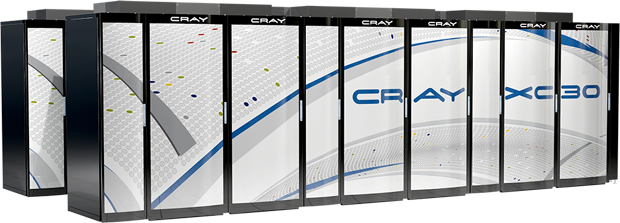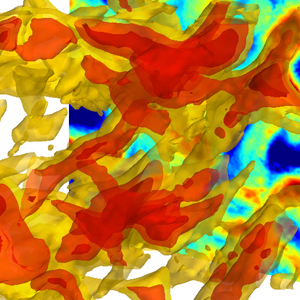New supercomputer to break petaflop barrier
Computationally intensive research in Sweden will soon get a boost from the fastest academic supercomputer in the Nordic countries, to be installed in October at KTH.

KTH Royal Institute of Technology is due to begin using the fastest academic supercomputer of any university in Scandinavia. A Cray XC30 with 1,676 nodes and a memory of 104.7 terabytes will be installed at KTH’s PDC Center for High Performance Computing.
Access to the updated computational capacity will be through the Swedish National Infrastructure for Computing, SNIC.
The new system will operate at a peak performance of nearly 2 petaflops, which will make it six times faster than the university’s current supercomputer, Lindgren. A single petaflop is equal to one thousand million (1015) floating-point operations per second. And like Lindgren, the new computer will be named after yet another renowned Swedish children’s author – in this case, Elsa Beskow.

The investment in KTH’s new supercomputer – including supporting systems, storage and running costs – has a budget of 170 million SEK divided over four years. The funding comes primarily from SNIC, KTH and industry. After the installation of the system in October, there will be a period of preliminary testing, with the system expected to be in full production on January 1, 2015.
Some of the uses for the computer will include fluid dynamics, climate modelling, plasma physics, neuroscience, materials science and molecular simulation.
The supercomputer will be physically located at KTH’s supercomputer centre PDC. PDC is part of SNIC.
For more information, contact Erwin Laure at 08 - 790 65 14 or erwinl@pdc.kth.se.